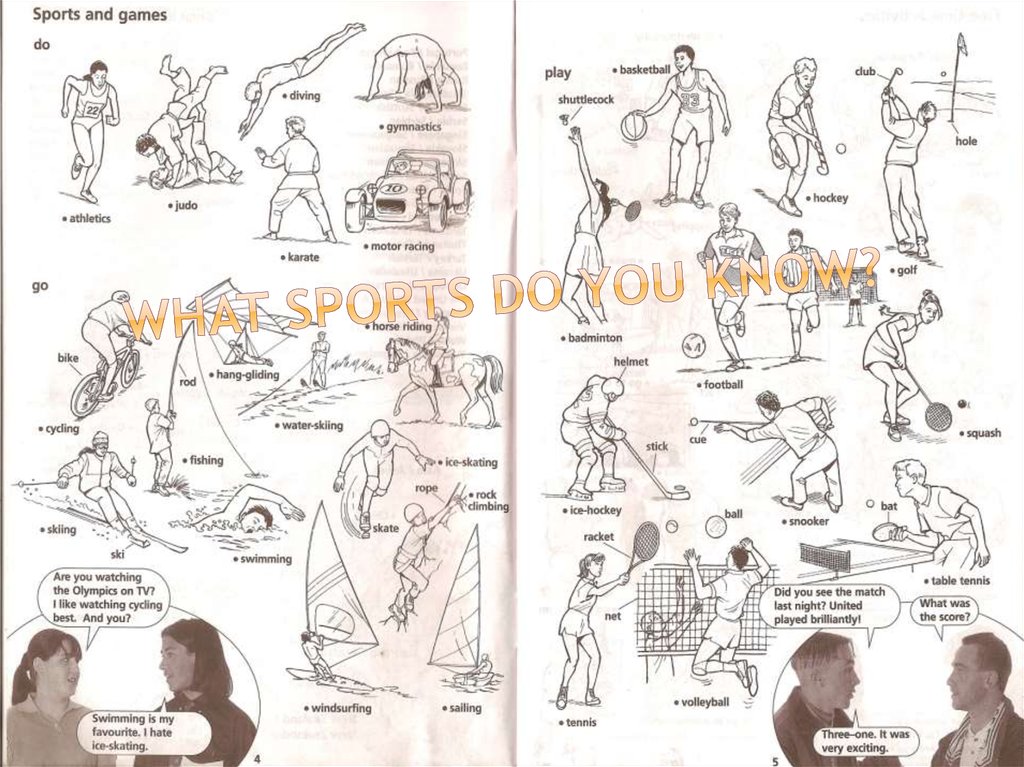Similar presentations:
Key Special Words. Practical lesson
1. Key Special Words
Practical lessons# 9, 10, 11
2. Practical lesson #9
Topic: Education of childrenwith visual impairments
Aim: to train students to define
and understand psychological
and pedagogical peculiarities of
teaching children with visual
impairments.
3. What are types of visual impairments?
myopiaor nearsightedness
hyperopia or farsightedness
astigmatism
cataracts
amblyopia
blindness
congenital blindness
4. Types of visual impairment:
Myopia(nearsightedness), Hyperopia
(farsightedness), Astigmatism, Albinism,
Amblyopia (lazy eye), Cataracts, Coloboma,
Glaucoma, Nystagmus, Optic Nerve Atrophy,
Optic Nerve Hypoplasia, Retinitis
Pigmentosa, Retinoblastoma, Retinopathy of
Prematurity, Strabismus, Cortical Visual
Impairment, Partially Sighted, Blind,
Convergence Insufficiency, Binocular Vision,
Brown's Syndrome, Blurry Vision, Traumatic
Brain Injury, Depth Perception, Diplopia,
Double Vision, Eye Tracking, Focusing
5. What is the structure of an eye?
irisretina
cornea
pupil
lens
sclera
macula
optic
nerve
retinal blood vessels
zonules
6. Key special words
visual (sight) impairment –нарушения зрения
vision organs – органы зрения
the Braille System – система
Брайля
Louise Braille – Луи Брайль
blindsight – слепое зрение
7. What are categories of children with visual impairments?
blindchildren – слепые дети
children with poor sight –
дети со слабым зрением
…
8. Practical lesson #10
Topic:Education of children
with locomotor impairments
Aim: to train students to
define and understand
psychological and pedagogical
peculiarities of teaching
children with locomotor
impairments.
9. What are types of locomotor impirments?
cerebral palsy – церебральный параличpoliomyelitis – полиомиелит
arthritis - артрит
stroke – удар, инсульт
amputation - ампутация
spinal cord injury – повреждение спинного
мозга
muscular dystrophies – мышечная
дистрофия
paralysis – паралич
amyotrophic lateral sclerosis (ALS) –
боковой (латеральный) амиотрофический
склероз или болезнь моторных нейронов
10. What are types of poliomyelitis?
abortive poliomyelitis - абортивный полиомиелитparalytic poliomyelitis - паралитический
полиомиелит
spinal poliomyelitis - спинальный полиомиелит
bulbar poliomyelitis – бульбарный (отн. к
продолг.мозгу) полиомиелит
encephalitic poliomyelitis - энцефалитный
полиомиелит
post-polio syndrome - синдром пост-полиомиелита
Aseptic meningitis – вирусный менингит
11. Practical lesson #11 Key special words
multiple disorders- множественныерасстройства/ нарушения
severe disorders- тяжелые расстройства /
нарушения
cognitive- познавательный
movement or sensory disordersдвигательные или сенсорные нарушения
additional disability- дополнительные
нарушения
sonograms- эхограмма, сонограмма
intelligence- умственные способности,
интеллект
12. Key special words
mental retardation or intellectual disabilityолигофрения или умственнаянеполноценность
early intervention- раннее вмешательство
augmentative and alternative communication
methods – аугментативные (усиливающие) и
альтернативные коммуникативные методы
verbal and non-verbal communicationвербальное и невербальное общение
inclusion- инклюзия
experience- опыт
curriculum- курс обучения, учебный план
speech and language intervention-речевое и
языковое вмешательство
functioning- функционирование
13. Usher syndrome (deafblindness)
Синдром Ушера (иногда синдром Ашера,англ. Usher syndrome, врожденная
нейросенсорная глухота и пигментный
ретинит) — сравнительно редкое генетическое
заболевание, вызываемое мутацией одного из
10 генов, приводящее к врождённой
нейросенсорной тугоухости и
прогрессирующей потере зрения (пигментная
дегенерация).
Одна из основных причин слепоглухоты.
В настоящее время неизлечим.
Наследуется по аутосомно-рецессивному
принципу.
14. What are categories of children with multiple disorder?
Children with intellectual disability with hearing impairments (Дети сумственной отсталостью, отягощенной нарушениями слуха);
Intellectual disability with visual impairments (Дети с умственной
отсталостью, осложненной нарушениями зрения);
Deaf children with poor sight (Дети глухие слабовидящие);
Слепоглухонемые дети;
Дети с задержкой психического развития, которая сочетается с
дефектами зрения или слуха;
Глухие дети с нарушениями соматического характера (врожденные
пороки сердца, заболевания почек, печени, желудочно-кишечного
тракта).
Дети с умственной отсталостью слепоглухие;
Дети с нарушениями опорно-двигательного аппарата в сочетании с
дефектами органов слуха, зрения, речи или интеллектуальной
недостаточностью.
детей, у которых отмечаются нарушения развития сенсорных и
моторных функций в сочетании с недостатками интеллекта (задержка
психического развития, умственная отсталость).
15. Films
1. King’s speech (2010)2. Forrest Gump (1994)
3. The Road Within (2014)
4. Theory of Everything
(2014)
5. A beautiful mind (2001)
6. Copying Beethoven
(2006)
7. The Miracle Worker
(1962)
16. Practical lesson #13
Topic: Professional orientation, professional andsocial adaptation of persons with disabilities
Key
special words: jobs, actor, actress,
dancer, singer, counselor, employment
service, reports their clients have found
employment as accountants, bus drivers,
child care attendants, floral designers, food
service workers, laboratory technicians,
licensed practical nurses, office managers,
sales representatives and teacher’s aides,
Special Olympics, sports organization for
children and adults with intellectual
disabilities, competitions, summer and
winter games, summer and winter games
17. Practical lesson #14
Topic: Methods of teaching children with disabilities. Moderntechnologies of teaching children with disabilities
Key special words: method, methodology,
technology, adaptation, compensation, correction,
art therapy, storytelling, articulation exercises,
physical exercises, respiration exercises,
collaborating, role-playing, didactic games,
demonstrating, explaining, presenting, testing,
modeling, labs, excursions, verbal methods, visual
methods, practical methods, perceptive methods,
logical methods, gnostic methods, information
methods, creative methods, individual work, pair
work, group work, lesson, drills, educational
situation(s), technical teaching aids, sign and body
language, pictography, fine arts, musical teaching
aids, gaming activity, handcraft, dramatization,
Mozart effect.
18. Questions:
Whatmethods of teaching do you
know?
What special methods of teaching and
correction do you know?
What is art therapy?
What are advantages of art therapy for
children with disabilities?
What other non-traditional methods of
teaching children with disabilities do you
know?
What is Mozart Effect? Do you believe in
its “power”?
19. What are Types of art therapy?
Creativewriting
Role playing or game therapy
Sand therapy
Painting therapy
Music therapy
Muppet therapy
Dance therapy
20. Mozart Effect
Listento five extracts of famous
Mozart’s compositions and put the
number:
____ Figaro’s marriage
____ Eine kleine Nachtmusik
____ Rondo Alla Turca
____ Lacrimoza (Requiem)
____ Piano Concerto No.21
21. Degrees of comparison
22. Degrees of comparison
23.
24. Work with the song
Watcha video and answer the
questions:
What is it about? It is about …
How do you feel when you listen to
the song?
I feel …
Who is the singer? Where is she
from?
What famous Special Olympics
Winner or athletes do you know?


























 english
english








